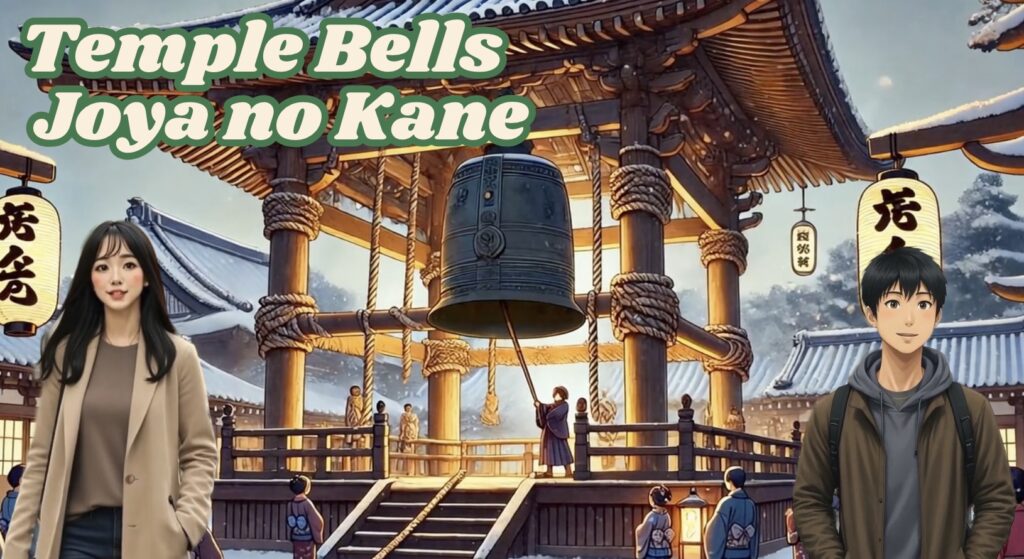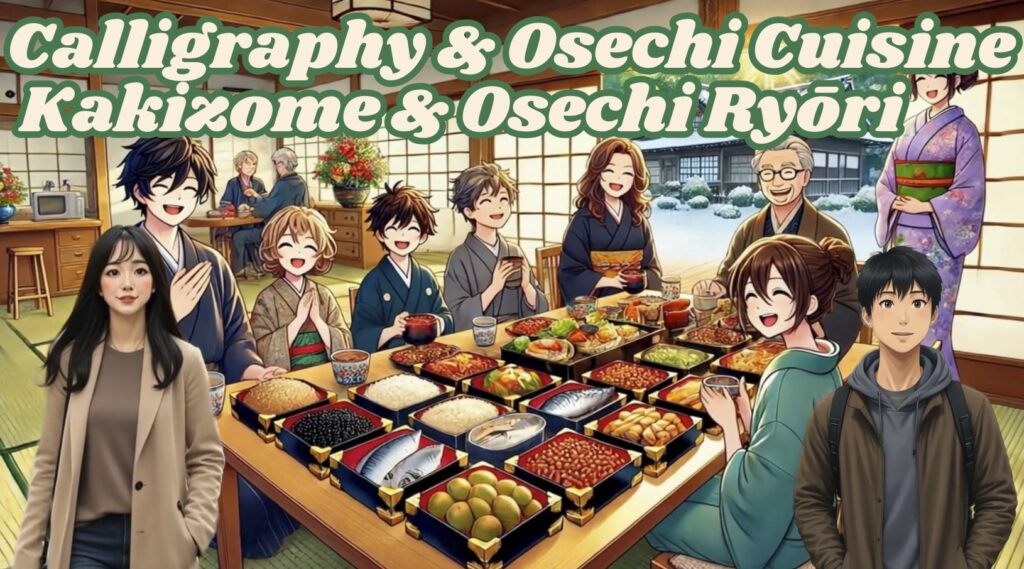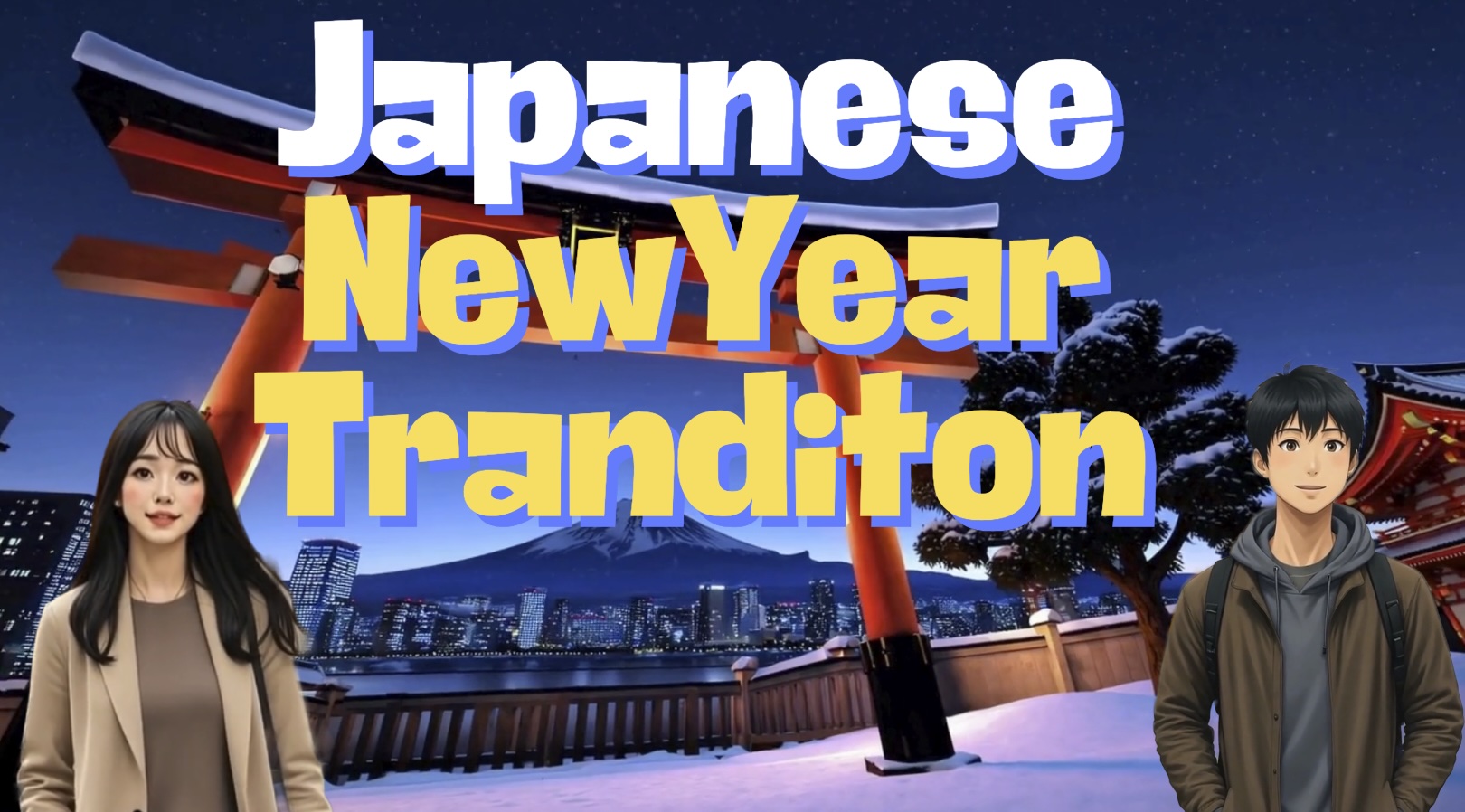Welcome to this exploration of Japanese New Year traditions. In Japan, the final days of the old year and the first days of the new form a tapestry of rituals, each infused with centuries of history and symbolic meaning. Unlike quick, modern New Year’s countdowns, Japan’s approach involves a careful process—cleansing the home, reconnecting with loved ones, and setting intentions for the future. This cultural cycle blends Shinto, Buddhist, and folk beliefs, forging a unique seasonal identity that has evolved over more than a thousand years.
To truly appreciate these customs, it helps to know that Japan’s spiritual worldview historically sees the divine in nature, in ancestors, and in daily life. The New Year, or ‘Shōgatsu,’ is considered a moment when the old departs and new blessings arrive. Preparing for it involves a sense of quiet reverence balanced by joyous gatherings and culinary feasts. Over the next several scenes, we’ll move chronologically through these traditions: cleaning homes, writing cards, savoring symbolic foods, and making that first spiritual visit of the year. Each segment reveals how the Japanese honor the past, celebrate the present, and welcome the future in a way that might feel both comforting and enlightening to those encountering it for the first time
As we journey together, imagine yourself stepping into these moments, feeling the warmth, hearing the laughter, and tasting the hope that marks the start of a brand-new year.
- Year-End Cleaning (Ōsōji)
- New Year’s Cards (Nengajō)
- New Year’s Eve Soba (Toshikoshi Soba)
- Temple Bells (Joya no Kane)
- First Sunrise & First Shrine Visit (Hatsuhinode & Hatsumōde)
- Calligraphy & Osechi Cuisine (Kakizome & Osechi Ryōri)
- Traditional New Year Games (Karuta, Kites, Hanetsuki, Fukuwarai)
- Mochitsuki & Otoshidama
- Lucky Bags (Fukubukuro) & Conclusion
Year-End Cleaning (Ōsōji)

As the year draws to a close, Japanese households undertake ‘Ōsōji,’ or a thorough year-end cleaning. More than a simple chore, it’s rooted in the idea that purity attracts divine favor. Historically, this practice stems from Shinto concepts, where cleansing physical spaces parallels purifying the spirit. In old Japan, families believed that deities known as ‘Toshigami’ would visit at the start of the year. A spotless home signaled respect and readiness to receive these benevolent forces.
Today, while religious intensity may have softened, the sense of ritual remains. Families dust seldom-touched corners and wipe down sliding doors, children help by tidying their toys, and everyone shares the sense of releasing old burdens. This communal effort fosters teamwork and gratitude, each swipe of a cloth symbolizing the letting go of past misfortunes. In a global context, you might think of spring cleaning, but the Japanese version synchronizes an entire nation’s spiritual and emotional reset. By cleaning together, people prepare both their homes and their hearts for the year ahead.
When you step into a freshly cleaned home at year’s end, it’s as if you’re greeting the New Year with open arms and a clear mind.
New Year’s Cards (Nengajō)

As the dust settles, attention turns to ‘Nengajō,’ New Year’s greeting cards. This practice dates back to the Heian period (8th–12th century), when aristocrats exchanged poetic letters. Over time, it spread through all social strata. Today, families send postcards often featuring the zodiac animal for the coming year, each card reaching its recipient precisely on January 1st. These messages convey gratitude, good health, and continued friendship, forging a tangible link between people and the season’s fresh start.
Nengajō remain cherished despite the digital era. Their physical presence, textured paper, and inked words suggest care and thoughtfulness. They blend past and present, reminding recipients that tradition doesn’t simply persist—it evolves. For foreigners, Nengajō offer a glimpse into how Japanese culture values long-lasting relationships, courtesy, and personal gestures. This annual exchange encourages reflection on the connections that sustain us, ensuring that even as technology advances, human warmth remains at the core of New Year celebrations.
Holding a Nengajō, you feel a personal link to Japan’s layered history, each card whispering, ‘Let’s stay connected in the year ahead.’
New Year’s Eve Soba (Toshikoshi Soba)

On December 31st, the aroma of steaming soba noodles fills countless kitchens. ‘Toshikoshi Soba,’ with Edo-period origins, are eaten to bid farewell to the old year. Their long, slender shape symbolizes extended life and resilience. As families gently slurp the noodles near midnight, the simple act resonates with meaning. These humble bowls help people let go of past hardships, welcoming renewal with a quiet, comforting ritual rather than a rowdy party.
For many Japanese, Toshikoshi Soba provides a moment of reflection—thinking about what was learned, accomplished, or lost. By choosing a warm, modest meal, Japan contrasts with more flamboyant global celebrations. Here, what matters is not the noise or spectacle, but the internal shift, the personal pause. Each strand of soba offers wisdom: progress often comes in steady, nourishing increments, and the best way to meet tomorrow is with calm openness and gratitude.
In that gentle stillness, every bite of soba feels like a step toward a hopeful tomorrow.
Temple Bells (Joya no Kane)

As midnight nears, temples across Japan resonate with ‘Joya no Kane,’ the ringing of temple bells 108 times. This ritual, tied to Buddhist belief, purges the human spirit of 108 earthly desires. Each resonant toll echoes through centuries of tradition, inviting listeners to enter the New Year cleansed and calm.
Historically, local communities gathered to hear these bells, creating a spiritual bond. Even in the modern world, where neon lights and busy streets dominate, the gentle chime of the temple bell unites past and present. People may close their eyes, envisioning each strike as a release from anger, jealousy, or sorrow. It’s a rare universal pause—a moment that needs no translation. As the final tone fades, a sense of tranquility settles, and one’s mind clears. Joya no Kane suggests that renewal isn’t automatic; it’s a choice, gently guided by the rhythmic cadence of faith and tradition.
In that ringing darkness, the past dissolves, and the New Year emerges with clarity and purpose.
First Sunrise & First Shrine Visit (Hatsuhinode & Hatsumōde)

After midnight passes, many greet the dawn: ‘Hatsuhinode,’ the first sunrise of the year. This practice connects with ancient nature worship, acknowledging the sun’s life-giving force. People travel to coastlines, mountaintops, or city rooftops, braving the cold to watch the sky blush with new light. At that moment, nature herself seems to deliver a blessing of vitality and hope.
Soon after, the crowds move to shrines or temples for ‘Hatsumōde,’ the first prayer visit of the year. This custom blends Shinto, Buddhism, and folk traditions, reflecting Japan’s spiritual inclusivity. Families pray for health and fortune, pull omikuji fortune slips, and purchase protective amulets. The atmosphere is both reverent and joyful—strangers smile and exchange warm wishes, forging communal optimism. In these intertwined rituals, nature’s rhythms meet human aspiration, reminding everyone that the New Year is not an isolated event, but a harmonious interplay of cosmic order, collective faith, and heartfelt intention.
Standing under that newborn sun and before ancient gates, you sense a timeless continuity linking past, present, and all possible futures.
Calligraphy & Osechi Cuisine (Kakizome & Osechi Ryōri)

In the first days of January, two traditions deepen the cultural richness: ‘Kakizome’ and ‘Osechi Ryōri.’ Kakizome, the year’s first calligraphy, hearkens back to the Heian era’s aristocratic courts. By writing auspicious characters or personal goals, people align their minds with the year’s purity. Focused brushstrokes channel inner hopes into elegant forms, making the intangible tangible.
At the dining table, ‘Osechi Ryōri’ presents a visual and gustatory feast. Developed over centuries, these lacquered boxes hold dishes like sweet black beans for diligence, herring roe for prosperity, and chestnuts for success. Each flavor is a symbolic wish, each bite an affirmation of life’s potential. Together, Kakizome and Osechi reveal that the New Year isn’t just a date—it’s a deliberate, creative expression of values. These customs encourage reflection, artistry, and gratitude, nourishing both soul and stomach, ensuring that hope takes root in everyday activities.
With every ink stroke and every bite, you embrace the year’s promises, savoring the blend of history, artistry, and heartfelt wishes.
Traditional New Year Games (Karuta, Kites, Hanetsuki, Fukuwarai)

While spiritual depth defines much of the season, Japanese New Year is also a time to play. Karuta, a card game featuring classical poems, invites families to connect with literary heritage. Kite-flying, often depicted in historical woodblock prints, brings bright shapes to crisp winter skies. Hanetsuki, a paddle-and-shuttlecock game, and Fukuwarai, where participants place facial parts on a blank face while blindfolded, add laughter and spontaneity.
These games forge intergenerational bonds. Elders share proverbs, parents teach rules, children laugh and learn. The result is a joyful cultural mosaic: reverence and revelry coexisting. By incorporating play, Japan ensures the New Year feels well-rounded, blending solemnity with levity. Traditions remain alive when they embrace both wisdom and amusement, ensuring that as the next chapter unfolds, it’s written in ink, savored in flavor, and carried aloft in playful breezes
As laughter and voices mingle with drifting kites, you see how tradition can be both profound and playfully alive.
Mochitsuki & Otoshidama

In many communities, the sound of wooden mallets pounding steamed rice resonates through courtyards. ‘Mochitsuki,’ making mochi by hand, reaches back over a millennium. Once vital in agrarian societies celebrating the harvest, it now symbolizes abundance and unity. Families and neighbors take turns with the mallet, transforming simple grains into chewy, delicate mochi cakes. Each step feels like a handshake across time, passing culinary knowledge and tradition forward.
Children eagerly anticipate ‘Otoshidama,’ small monetary gifts in decorative envelopes. This Edo-period custom encourages saving and teaches responsibility, blending practical values with festive joy. Together, Mochitsuki and Otoshidama reflect the holistic nature of Shōgatsu: physical nourishment meets economic blessing, communal effort meets youthful hope. By welcoming the year with shared labor and kind generosity, Japanese New Year traditions ensure that prosperity is measured not only by wealth, but by well-fed hearts and connected generations.
With each sticky morsel and every crisp bill, the New Year nourishes both body and spirit, weaving continuity into daily life.
Lucky Bags (Fukubukuro) & Conclusion

As the New Year season continues, shoppers embrace ‘Fukubukuro’—lucky bags sold at shops, containing a surprise assortment of items at a discount. Originating in the early 20th century, Fukubukuro introduce a playful element into the season. Unwrapping these bags is a tiny adventure, a nod to the unpredictable fortunes the year may bring.
Reflecting on all we’ve seen—Ōsōji’s cleansing, Nengajō’s heartfelt messages, Toshikoshi Soba’s humble farewell, Joya no Kane’s spiritual reset, Hatsuhinode and Hatsumōde’s reverent dawn, Kakizome and Osechi’s symbolic creativity, the joy of traditional games, and the sustenance of Mochitsuki and Otoshidama—we find a tapestry woven from faith, family, nature, history, and hope. These rituals aren’t relics; they continue to evolve, cherished by a modern nation that understands the power of tradition to connect generations and guide the future. For those encountering these customs for the first time, consider them an invitation: a doorway into a culture that sees the New Year not as a mere date, but as a chance to reaffirm life’s enduring rhythms.
Thank you for joining us. May your coming year be filled with new opportunities, warm connections, and the quiet strength these traditions inspire.


